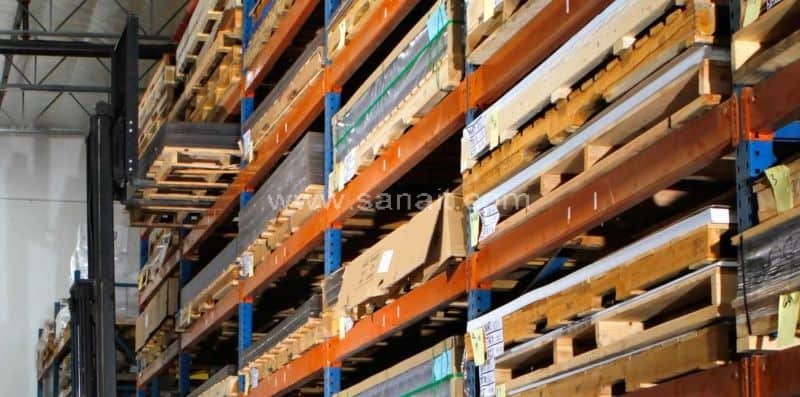Acrylic sheets, also known as plexiglass or PMMA (polymethyl methacrylate), are popularly used in various applications due to their transparency, durability, and versatility. However, one common problem with acrylic sheets is their tendency to warp over time, especially when exposed to heat or improper handling. This article will guide you through the steps to effectively address and fix warping issues in acrylic sheets.

Step 1: Identify the Cause of Warping
Before attempting to fix the warping problem, it is essential to identify the root cause. Several factors can lead to acrylic sheet warping, such as exposure to high temperatures, excessive moisture, or improper storage. By understanding the cause, you can prevent future warping and choose the appropriate fix for the current situation.
Step 2: Correct Improper Storage
If the warping issue is a result of improper storage, take necessary steps to address it. Acrylic sheets should be stored horizontally in a cool, dry place with even support along their entire surface. Avoid stacking heavy objects on top of the sheets, as this uneven pressure can cause deformation over time.
Step 3: Heat Gun Method
For minor warping issues, the heat gun method can be effective. Use a heat gun with adjustable temperature settings and apply gentle heat to the warped area. Move the heat gun in a back-and-forth motion, maintaining a safe distance of around 6 to 8 inches from the surface. As the acrylic heats up, it will gradually soften, allowing you to carefully bend it back into the desired shape. Be cautious not to overheat the material, as it may lead to further damage. Use protective gloves to handle the heated acrylic.
Step 4: Oven Method
For larger acrylic sheets, you can use an oven to fix warping issues. Preheat the oven to a low temperature, typically between 150°F to 180°F (65°C to 82°C). Place the warped acrylic sheet on a clean, flat surface inside the oven and leave it for a few minutes until it becomes pliable. Use oven mitts to remove the sheet from the oven and gently bend it back to its original shape. Be careful not to bend it too forcefully, as it may crack or create new deformities.
Step 5: Apply Even Pressure
If the warping issue is minimal, you can attempt to correct it by applying even pressure to the affected area. Place the acrylic sheet between two flat, sturdy surfaces, such as wooden boards, and clamp them together. Leave the clamped assembly for a period of time (several hours to a day) to allow the sheet to gradually regain its original shape.
Step 6: Hot Water Bath
For small warping problems or localized areas, a hot water bath can be a simple and effective solution. Heat a container of water to around 160°F (71°C) and immerse the warped section of the acrylic sheet into the water for 30 to 60 seconds. Remove the sheet and carefully bend it back to the desired shape. Repeat the process if necessary, but avoid excessive exposure to hot water, as it may lead to further distortion.
Conclusion
Handling warping issues with acrylic sheets requires careful attention and the use of appropriate methods. By understanding the causes of warping and employing the right techniques, such as the heat gun method, oven method, applying even pressure, or using a hot water bath, you can effectively fix the problem and restore the acrylic sheet to its original form. Regular maintenance and proper storage will also prevent warping issues in the future, ensuring the longevity and usability of your acrylic materials in various applications.
